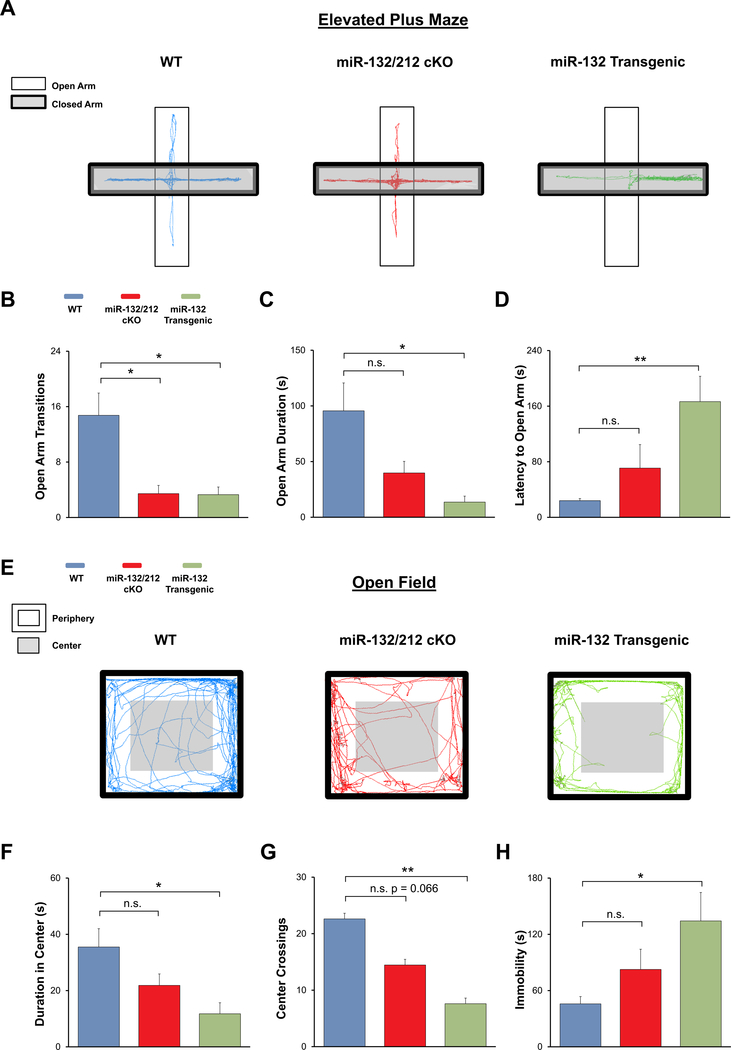Fig. 3. Profiling anxiety phenotype in miR-132/212 cKO and miR-132 transgenic animals with elevated plus maze and open field assay.
(A) Representative elevated plus maze locomotor traces from WT (blue), miR-132/212 cKO (red), and miR-132 transgenic animals (green). (B) miR-132/212 cKO and miR-132 transgenic animals exhibited significantly fewer open arm transitions in the elevated plus maze compared to WT mice. Mean time spent in open arms (C) and mean latency to open arms (D) were significantly different between WT and miR-132 transgenic animals. (E) Representative open field test locomotor traces from WT, miR-132/212 cKO, and miR-132 transgenic animals. (F) Total duration in the center of the open field was significantly different between miR-132 transgenic and WT mice. (G) Number of crosses into the center was significantly reduced in miR-132 transgenic mice compared to WT mice. (H) Total immobility was significantly different between WT and miR-132 transgenic mice. Data were analyzed by one-way ANOVA with Bonferroni post-hoc tests. Data are presented as the mean ± SEM. *: p < 0.05; **: p < 0.01; n.s.: not significant (p > 0.05). N = 9–13 mice per group.

